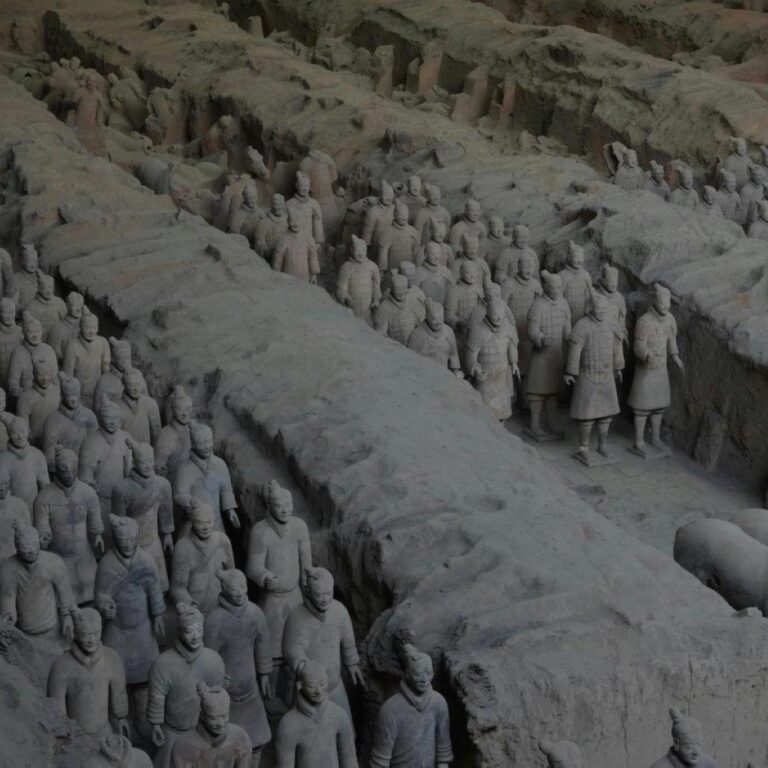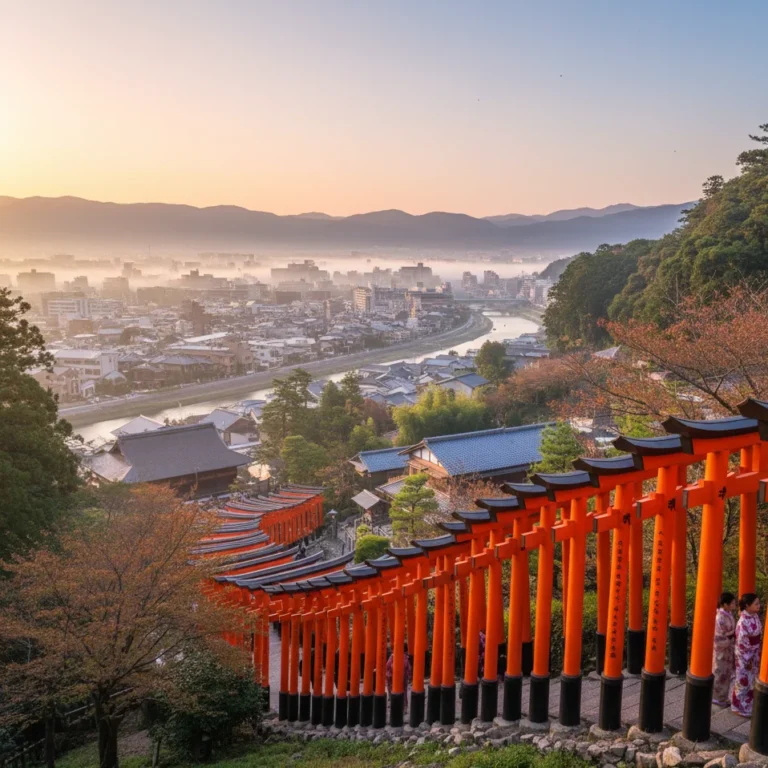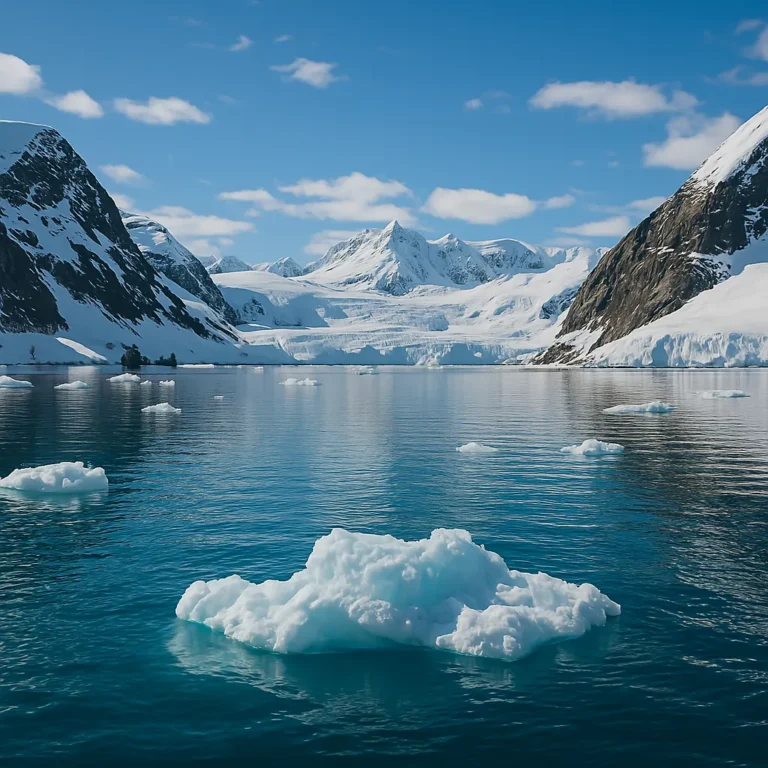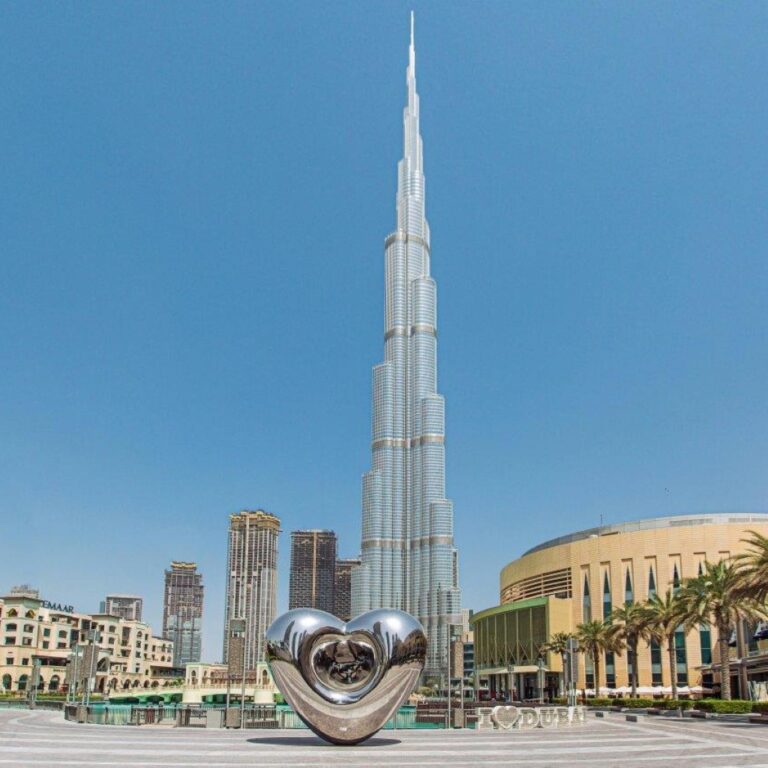The Terracotta Army was discovered in 1974 by local farmers digging a well near Xi'an, China.
The army consists of over 8,000 soldiers, 130 chariots, and 670 horses, all made from terracotta clay.
The figures vary in height according to their roles, with the tallest being the generals.
Each soldier in the Terracotta Army has unique facial features, making them all distinct from one another.
The Terracotta Army was built to protect Emperor Qin Shi Huang in the afterlife.
The figures were originally painted in vibrant colors, but most of the paint has faded or peeled off over time.
It is part of a larger necropolis that spans nearly 38 square miles, which includes the emperor's tomb and other burial sites.
The exact location of Emperor Qin Shi Huang's tomb remains unknown, as it has not yet been excavated due to concerns about preserving the site.
It is a UNESCO World Heritage Site and one of the most popular tourist attractions in China.
It is believed that over 700,000 workers were involved in the construction of the Terracotta Army and the emperor's tomb.
The soldiers were arranged in precise military formation according to rank and duty.
In addition to soldiers, the Terracotta Army includes figures of acrobats, musicians, and other entertainers, reflecting the emperor's court.
The discovery provided valuable insights into the military practices and artistry of the Qin Dynasty.
The weapons held by the terracotta soldiers were real and were designed to be fully functional.
The excavation and restoration of the Terracotta Army is still ongoing, with new discoveries being made regularly.
How useful was this post?
Click on a star to rate it!



